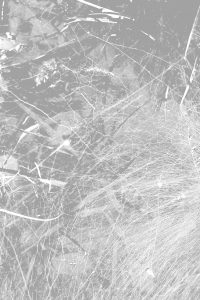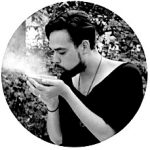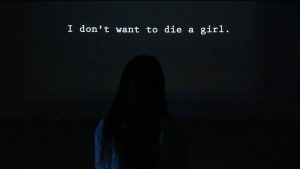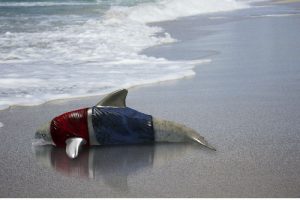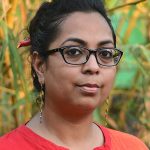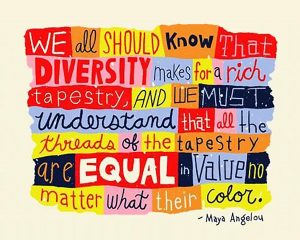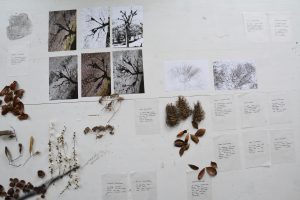
Our eyes have an ability to see order in chaos, catching on to a specific resemblance and in turn simplifying an otherwise complex concept. On the contrary, a schizophrenic experience is one where the form in focus is isolated, becoming ever more material and literal; bordering on the feeling of an intense lack of reality (Deleuze and Guattari). This shift between a sense of absolute reality, and the lack there of when a form is removed from its surrounding noise and retained without any disturbance, is one of the primary ways in which photography as a medium works into my practice.
My practice over the past few years has stemmed from analogies derived from the organic world in relation to its cultural and political implications. In the process of research, interaction and documentation, my active archive (through collection, photographs and drawings) of spaces and objects continues to grow and incorporate histories and presents. Within the media I use – digital and alternative photography, etching, drawing, photographic transfers, molds and casts, and mixed media on the object itself – I constantly attempted to cut out the noise that surrounds a form and isolate it.
This removal of context soon leaned towards strategies that played out as partially escapist, but instead pointed me towards the critique of such a sanitized (in thought) museum space itself. As I had distanced myself from the initial context from which the object was picked, the collection then seemed to develop as a community, with its own connections and dialogue.
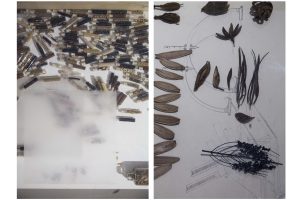
The artist serves as the historic agent of memory, while the archive emerges as a place in which concerns with the past are touched by the astringent vapours of death, destruction and degeneration. Yet, against the tendency of contemporary forms of amnesia whereby the archive becomes a site of lot origins and memory is dispossessed, it is also within the archive that acts of remembering and regeneration occur, where a suture between the past and present is performed, in the indeterminate zone between event and image, document and monument.
(Archive Fever, Okwui Enwezor)
As I collect and interact with natural objects and spaces in nature, I have come to question my intervention and its consequences. As I question the premise of museumization and its dialogue with control and violence, there is a constant gnawing which points out that my interaction with the natural world has its own violence attached to it. This extends to the fact that all interaction we may have with what we deem as ‘other’ has an inherent violence.
“Perhaps any archive is founded on disaster or its threat; pledged against a ruin that it cannot forestall”. (The Archival Impulse, Hal Foster)
For example, imperial and colonial archives play a major role in how India as a subcontinent (as well as other colonized states) understood their own natural heritage. The oldest botanical and zoological drawings date back to colonial rule, commissioned to study, understand and in turn control aspects of the new land that they were not yet aware of. Starting with power and its establishment being synonymous with understanding and classification, eventually the need to classify can be seen less as an infliction of power over the other, instead as a way to hold on to one self and what we know/once knew; a barrier to guard against approaching ruin.
Within my practice, the process as well as the end-result is displayed as a collective of media that surround the viewer; turning the act of collecting specimens on its head and looking at it from an evocative and open-ended view. The attempt is to search for ways to visualize and present ideas of ‘protection’, ‘immortalization’ and ‘embellishment’ in dialogue with those of colonization, taming of the ‘other’, ‘wildness’ and violence. The potency of the word taming is one that intrigues me, as it can be defined as a mutual agreement that momentarily allows for a relationship between one and the ‘other’ – bringing both sides to their most vulnerable.
"What does that mean--'tame'?"
"It is an act too often neglected," said the fox. It means to establish ties."
(A Conversation between the Fox and the Little Prince, Antoine de Saint-Exupéry)
In the age of the Anthropocene, a theory arose of which the roots are unknown. While men of science began to vehemently claim that mankind was now the greatest impactor of the Earth, an anonymous voice coined the term the third space. Every action of man is now seen as one side of an intimate dialogue which he is having with nature. Each brick he places at the edge of a river is met by blooms of moss and lichen. A Mughal ruin, once regal and flawless, gradually begins to hear whispers through time of roots and stems.
The third space now puts forth its premise – biodiversity now no longer exists within the depths of the forests or deep in the untouched waters of the rivers, instead the spaces that are rich and precious are the points of such dialogue and conversation between man and nature. These points, are today’s markers for tomorrows history. The in-between.
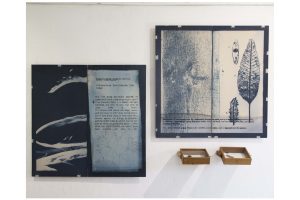
Looking at natural objects and the communities they form when removed from their original context within the framework of the self and the self-declared other, I began to question the absolute understanding of an object (a scientific botanical drawing for example) and playing with other less authoritative modes of knowledge (myths, beliefs and folklore); a way to maybe utilize language and epistemology in ways outside of what our instinct would be.
7 reponses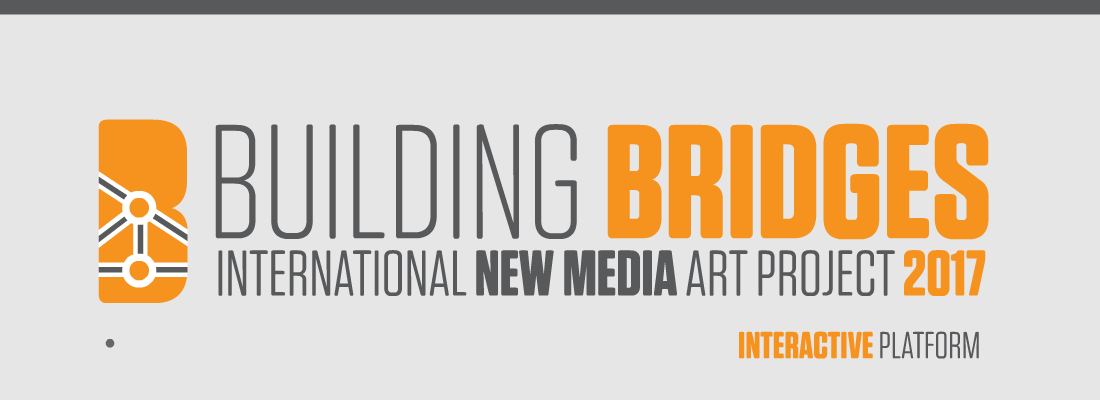

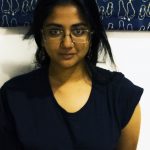
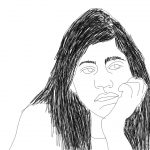
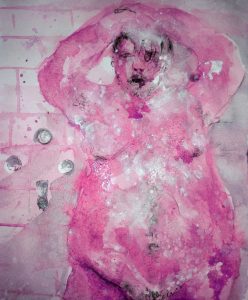
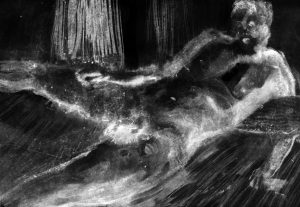
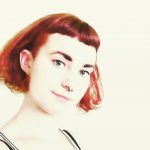
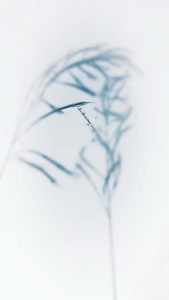 In my work I explore the ever changing states of the individual. Through introspection and the delving into the unconscious and the psyche one can gain a more thorough understanding of the self and through this gain a more profound sense of humanity as a whole.
In my work I explore the ever changing states of the individual. Through introspection and the delving into the unconscious and the psyche one can gain a more thorough understanding of the self and through this gain a more profound sense of humanity as a whole.